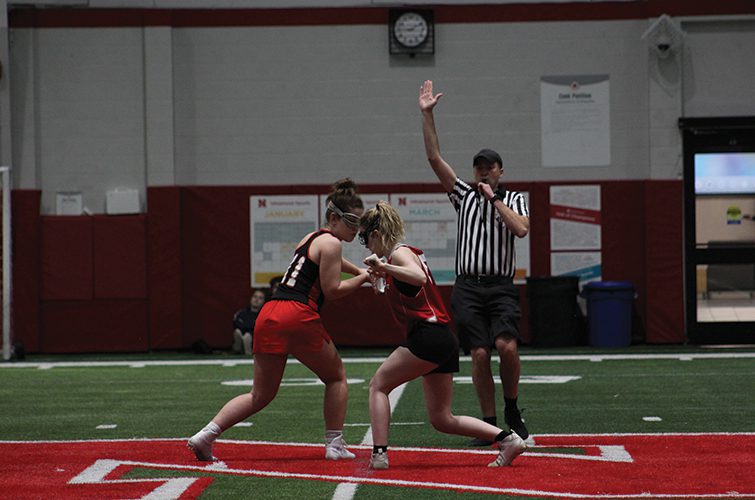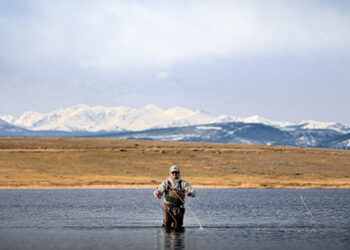Winter road conditions in Wyoming can be dangerous.
In fact, Adam Burke, the assistant director of programs at the University of Wyoming (UW), said one of the biggest concerns in managing risk for club sports deals with travel. “Travel, especially for UW, is one of the highest risk actions our teams do, as the winter road conditions can create dangerous situations, and could result in injury and missed classes when roads close,” he said.
Like all risk management, when potential problems present themselves, teams and departments work to find solutions. For example, Burke said travel was especially difficult this past 2019-2020 academic year. As such, they implemented a policy for club sports: If teams travel over 150 miles in one direction, they have to use university vehicles as opposed to personal vehicles.
“The intended outcome of this policy is twofold,” said Burke. “We can use checked out UW credit cards to purchase gas for UW vehicles, and we can feel more confident in the quality of the vehicle as it is regularly maintained by our fleet services folks.”
Club travel is also a risk factor at the University of Nebraska-Lincoln (UNL). Brian Stelzer, the assistant director of Sport Clubs and Youth Activities, said for them it mainly comes down to the instances where there’s no supervision. But travel is just one instance. Sometimes practice for running or cycling clubs doesn’t have direct supervision. “Anything can happen when you’re in an open environment playing sports,” said Stelzer.
A lot of risk management starts with educating the students. Stelzer said prior to any travel, they hold a pre-trip meeting to discuss everything from concussion recognition to accident reporting. Plus, the staff sends a packet with the team that includes a Concussion Recognition Tool 5th Edition, accident reports, emergency contacts and Stelzer’s phone number. Clubs can also check out fully stocked first aid bags for travel, practices and events.
On top of these precautions, Stelzer said they require at least two members of every club to be certified in CPR/AED/first aid. “This helps ensure someone at practice or traveling would be trained to respond,” he said.

All in all, staff need to help students think through the risks involved with club sports. They need to be prepared for various scenarios, from travel to making sure there is appropriate safety coverage with an athletic trainer. “Education is everything for our clubs,” said Stelzer. “Students typically don’t think of everything that can go wrong, so it’s our role as professionals to educate and adapt policies to put them in place to react well.”
But, you also need to empower student leaders in making the difficult or unpopular decision to ensure an event is as safe as possible. “No club wants to have to cancel their event due to poor weather, but it always comes across better to their teammates if they cancel their own event, rather than administrators canceling it,” said Burke.
Of course, risk of injury — especially to the head — is a large part of risk management in club sports. Burke said you really need to consider the academic impact to the student should they be injured while playing, because the ultimate goal at UW is helping students be successful with their higher education journey through the application of competitive sports.
With that in mind, one recommendation Burke gave for other club sport programs was to develop good relationships with the risk management staff at your university. They can help you assess risk and provide appropriate mitigation measures.
Plus, it’s helpful to keep all important university stakeholders aware of club sport activity. Burke said they send out a weekly club sport activity report with an event itinerary and roster to their director, campus police department and Department of Risk Management.
Whatever your current risk management practices for club sports are, Stelzer said you need to be adaptable and ready to ask for help. Eventually something will happen you didn’t think of and you’ll need to pivot. “Be sure to review and debrief all necessary staff when this happens,” he said. “It may include going from optional to required pieces of equipment, like first aid bags at practice.”










